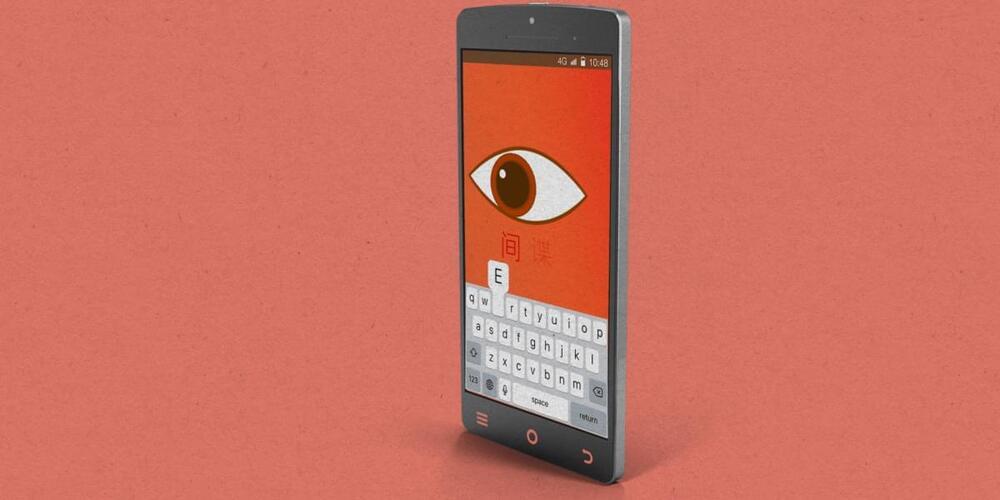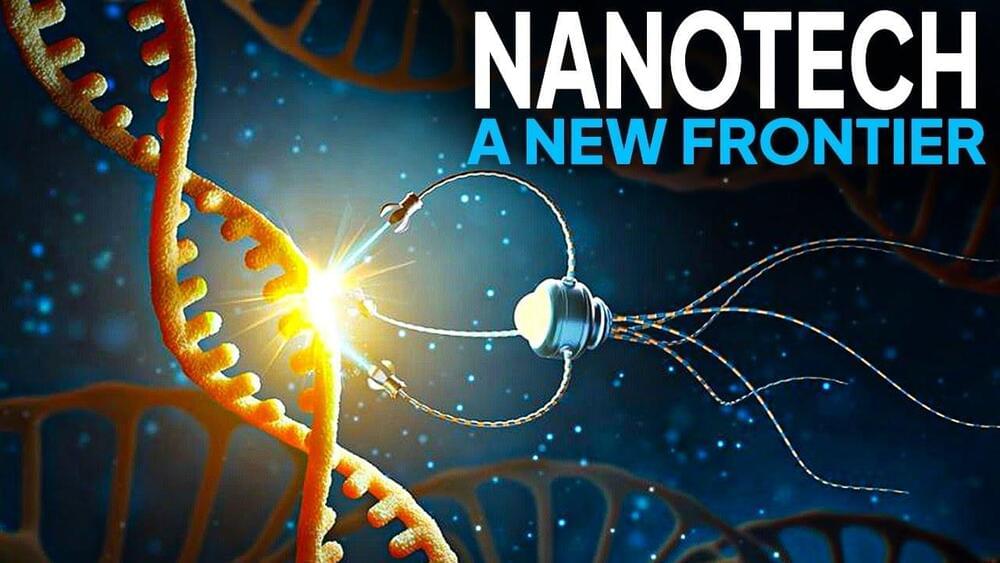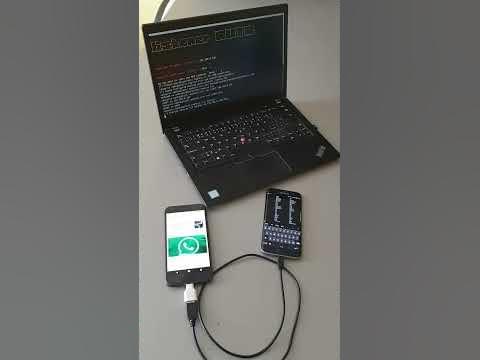Apple’s own System on Chips (SoC) designs used in iPhones, iPads and now Macs (with ‘Apple Silicon’ branding) are a key source of competitive advantage for the Cupertino giant. The Arm instruction set compatible, but Apple designed, processors used in these SoCs, consistently outperform competitors’ designs.
Apple is the modern exemplar of the maxim from Herman Hauser, founder of Acorn, Apple’s partner in the original Arm joint venture, that ‘there will be two types of computer company in the future, those with silicon design capability and those that are dead ’.
But Apple’s first attempt to design its own processor came over twenty years before the appearance of the first iPhone. We’ve seen in the RISC Wars Part 1: the Cambrian Explosion how, as the 1980s progressed, almost every semiconductor manufacturer and computer maker felt the need to have their own processor design. Apple was no exception.








